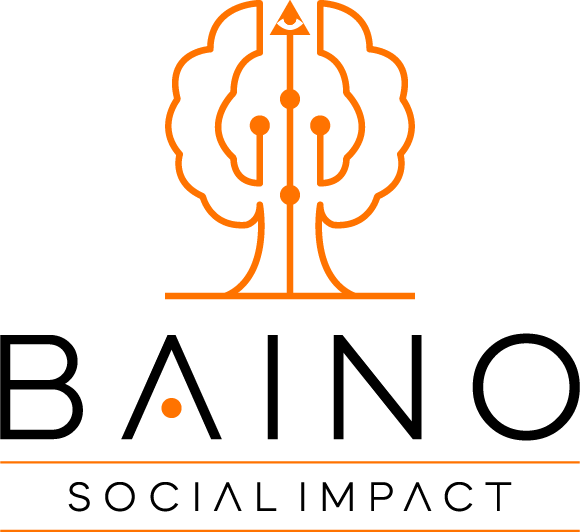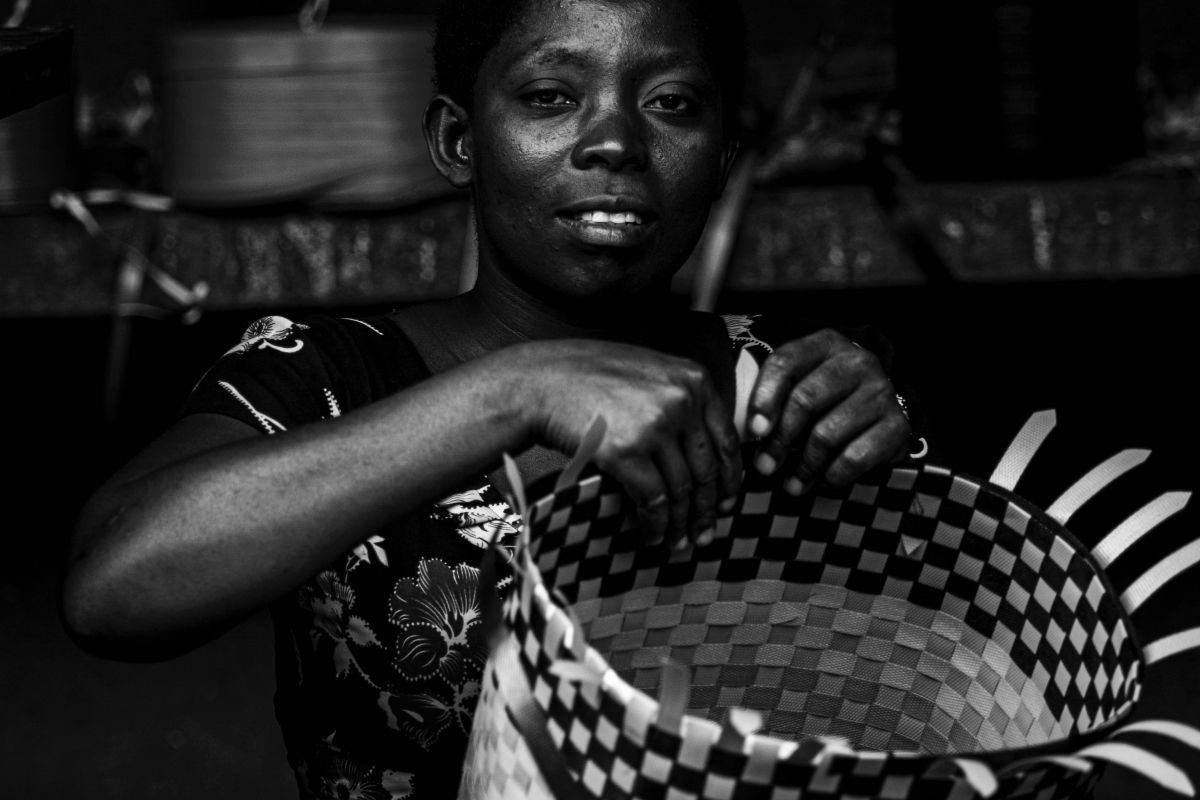
In this modern world, literacy is beyond the ability to read and write.
The Uganda National Housing Survey defined literacy as one’s ability to read with understanding and to write a simple sentence meaningfully in any language. It involves the ability to interpret and understand content from various contexts.
On the other hand, education is the tool, as much as it is the process of acquiring the skills and knowledge to become literate and cultivated. So, a person is improved by education, just like how cultivation improves plants.
Uganda’s education system contains four tiers. The first tier comprises seven (7) years of primary education, followed by four (4) years of Ordinary Level secondary education and two (2) years of Advanced Level secondary education. The final tier is three (3) to five (5) years of Tertiary education. Each education level is nationally examined, and certificates are awarded upon completion.
The Government introduced Universal Primary Education (UPE) in 1997 to offer free education at the primary level. In 2007, Universal Secondary Education (USE) was introduced.

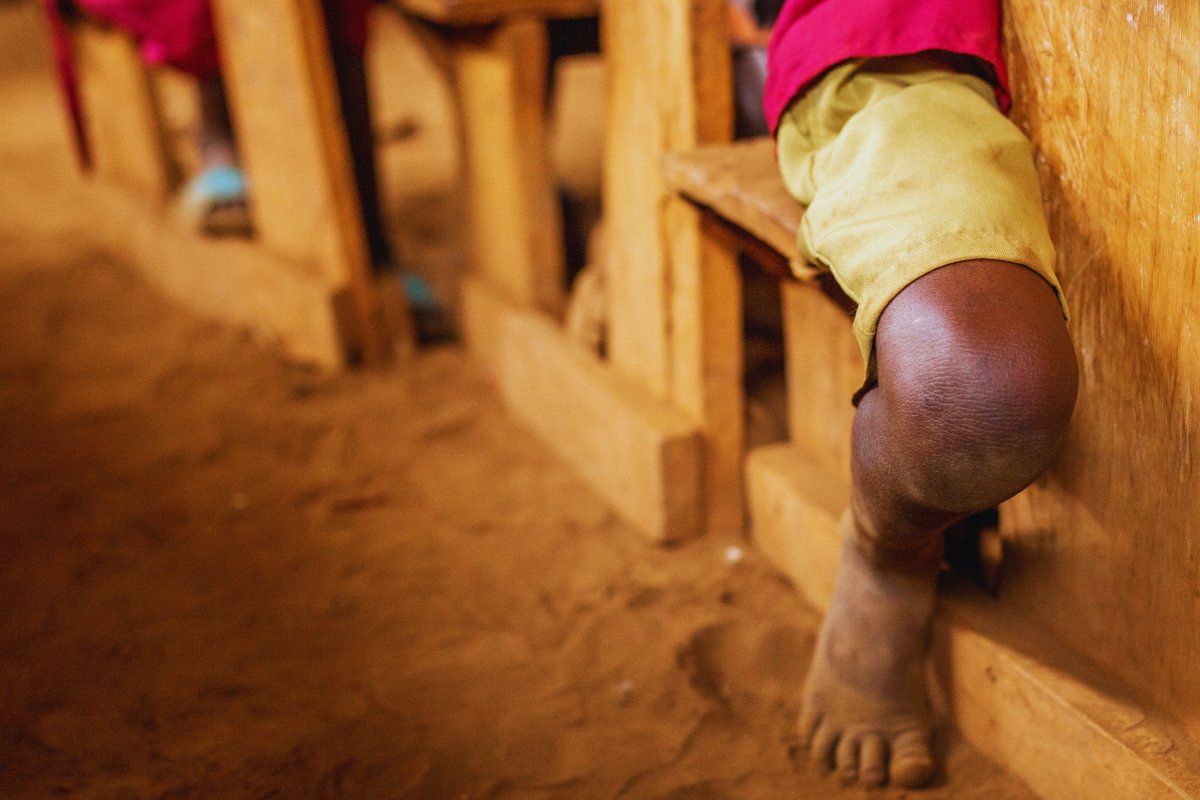
Empowerment Through Education
Both public and private institutions offer university and Tertiary education. There also exists informal education in Uganda that aims to serve those who still need or partially receive formal education. Under the informal system, a range of practical/hands-on skills is imparted.
The implementation of the Universal Primary Education (UPE) and Universal Secondary Education (USE) programs, to a decent degree, led to an increase in both primary and secondary school enrolments. Under the UPE program, the Government of Uganda abolished all tuition fees and the Parents and Teachers Association (PTA) charges for primary education. Although secondary school students under the Universal Secondary Education (USE) program do not pay for tuition fees, they still have to pay for boarding fees, scholastic materials, uniforms, and medical care, among other expenses, which are more costly than primary schools.

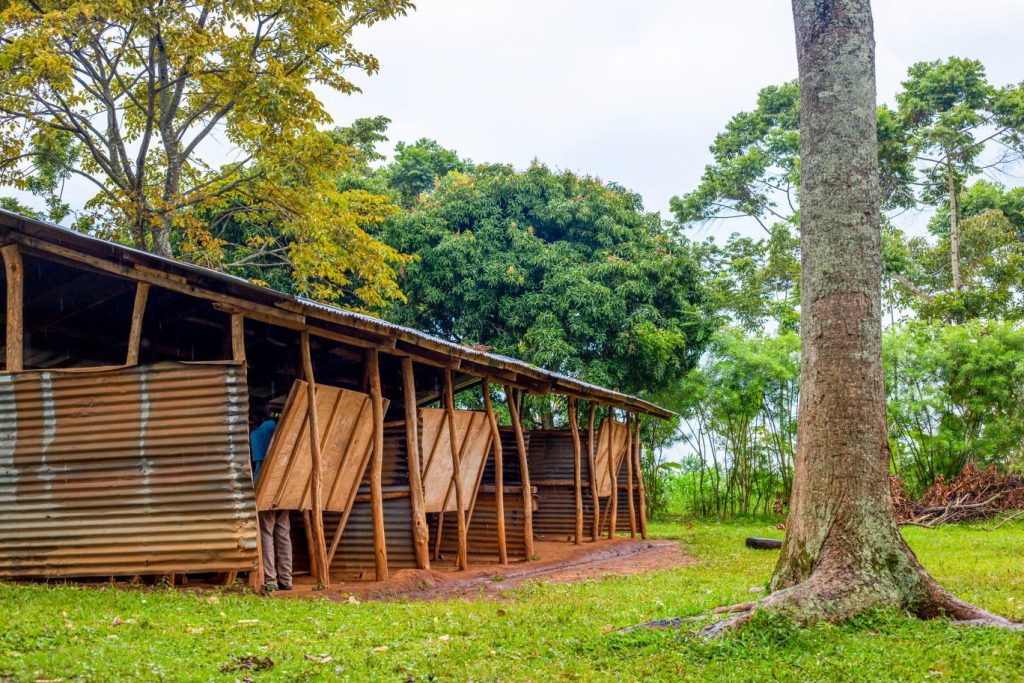
We must ask ourselves: What is the report on the standard of education these programs are producing? These programs still fail to give disadvantaged children the learning opportunities and outcomes they need to succeed, especially in rural areas where the conditions are just as poor.
The costly weaknesses in these programs range from accountability, implementation, uncertainty about the future, language barrier, design, and performance, all of which undermine its potential effectiveness in delivering actual education.
Education inequality and unequal distribution of essential facilities are critical and crucial factors in perpetuating the problem.
While the UPE and USE programs are good gestures toward advancement in closing the big illiteracy gap, the education quality is painfully low.
While we know that education is the key to social mobility, the fuel and building block for improved human capital, these programs in the Busoga region need to do more to show that awareness. Simply raising structures, in whatever state they might be raised, doesn’t translate into actual learning.
Education in Busoga is Alarming.
Many children currently in such programs will not learn enough to acquire the basic skills needed to lead successful and productive lives. Some will leave school without a basic grasp of reading and mathematics.
Many students don’t meet the minimum educational proficiency standards. It’s common to find a Primary six pupil who has gone through the UPE system and can hardly write their name.
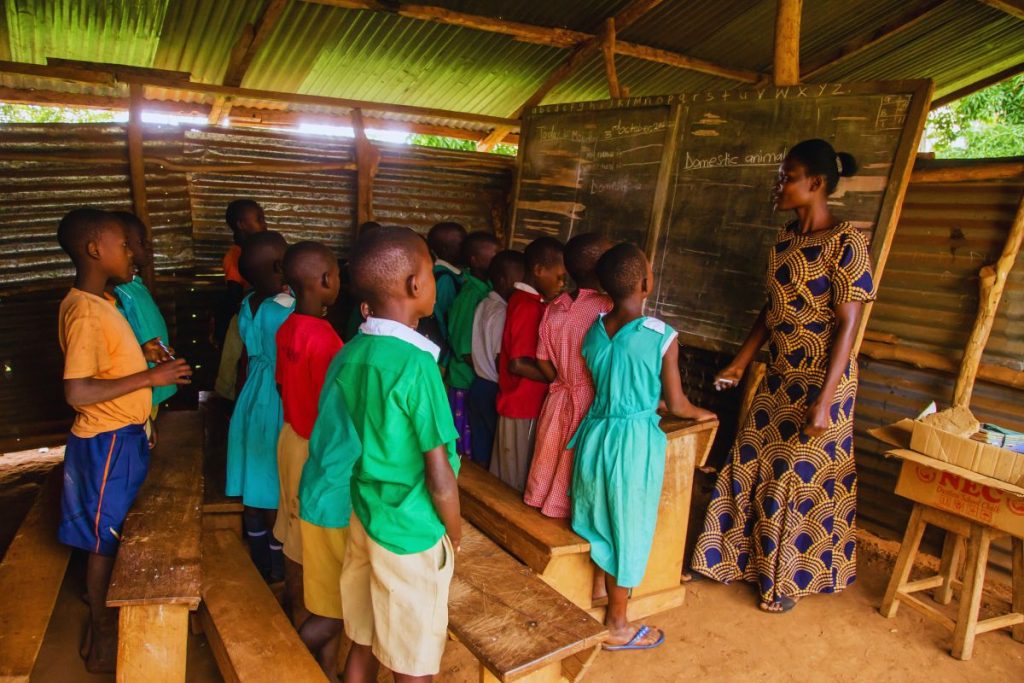
In the Busoga sub-region, where infrastructures are abysmal, and the education support is poor, the standard and outcome of these programs have led the public to wonder, asking themselves if it’s even worth the time to send their children to the public schools that run these programs. An ordinary contemplation usually asks, “Should these programs continue to be funded?”
Regarding learning, morale is dim and negatively affects children’s relationship with schools.
In 2019/20, the Uganda National Examination Board (UNEB) published a report stating that the Busoga region has consistently performed poorly in the last five years. This consistently poor performance is just the tip of the iceberg regarding other challenges.
Many children do not attend school
The Uganda National Housing Survey (UNHS) reported:
- The proportion of females with no formal education was about three times higher than their male counterparts
- Comparisons by location showed that persons in rural areas were more likely to have no formal education (about 40%).
- Those in town areas had a greater chance of gaining some formal education, with 24% completing primary and 14% completing secondary (14%) and post-secondary education (20%).
Reasons for the challenges represented by these worrying numbers differ from one household to another, as well as mentality and national neglect. The education system in the Busoga region is poorly resourced.
It was also reported that about one out of every five (19%) children did not attend school because their parents did not want them to. About 14% considered it too expensive, while 6% of the children had to help or do certain activities at home or on the farm.
Other significant reasons for not attending school were:
- Student's lack of interest or unwillingness to attend
- Sickness and calamity in the family, like the death of a breadwinner or being orphaned
- Poor academic progress
- School too far away
- Being disabled
- The costs associated with education for both boys (34%) and girls (35%), and Lack of funding (boys 33% and girls 31%).
- More than 4% of girls aged 6 to 24 left school because of pregnancy.
- Teenage pregnancy has increased tremendously, especially during the Covid-19 period.
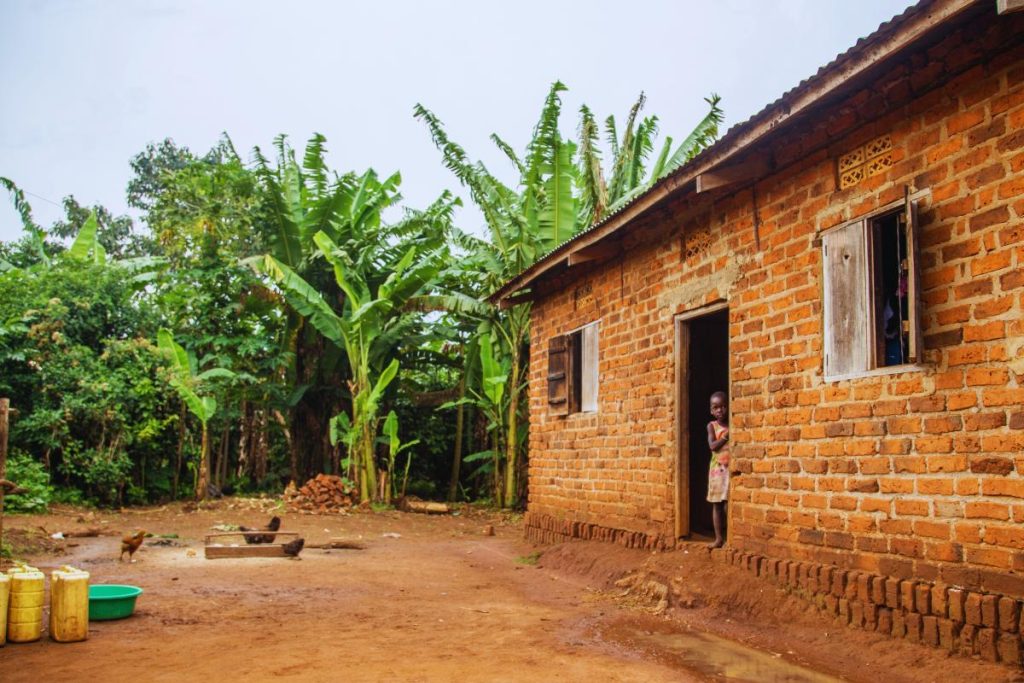
Regarding gender equality in education, although there has been a level of improvement, the gap still exists in access, learning achievement, and advanced analyses, most often at the expense of young girls and children with disabilities.
Many of the region’s children start school but drop out and never return. This challenge accompanies several other issues that drag down the region.
In 2019, the Ministry of Education statistics indicated that the Busoga region had the highest rate of teenage pregnancies, with early and forced marriages in the country reported to be at 42%.
In the 2016 survey, UNHS reported various reasons why children left school. Explanations relating to income constituted over 65%.
Regarding distance, 47% of communities indicated that the government secondary school outside the Local Council (LC I) was at least 5 kilometres from the village centre.
Over 41% of communities in Busoga reported that the closest government primary schools were outside their LC 1. Only 4% of communities reported having a government secondary school within LC 1.
Less than four in every ten communities (34%) indicated using the available private secondary schools.
This report demonstrates, therefore, that two times less than the proportion use government secondary schools.
Only 3% of communities reported having at least a vocational/technical school within the locality. Generally, to access a vocational/technical school, one must go to urban areas regardless of proximity.
Yet, the expenditure and tuition fees for tertiary education and post-secondary training are too high for most households to afford.


Lack of scholastic material, like textbooks, school supplies, and other tools, is the expected order of the day. Ten or more students often share a few outdated and worn-out books.
The Busoga region has the lowest proportions of pupils with adequate space for sitting and writing – much higher than the national average of 65 pupils per classroom. This reality has been indicated in all the surveys, including the comprehensive report of the 2014 annual education sector statistical abstract, as reported by the Ministry of Education and as reflected by the data and evidence of the Development Initiative organization – a Spotlight on Uganda.
This indicator includes the percentage of primary school pupils in government and private-run educational facilities who tend to have better classroom reading and writing space.
The Uganda Bureau of Statistics noted that the Busoga region has the country’s highest teacher absenteeism rates. Absenteeism can be brought about by several causes, including the practice of teachers juggling their teaching duties with their efforts to establish other income-generating activities. In part, absenteeism is also attributed to the fact that some locations in the Busoga region are hard to reach (due to poor roads) and are located in hard-to-live-in neighbourhoods.
Busoga region is ranked high as one of the areas in Uganda that are administratively classified as a “hard to reach/hard to stay” location.
Access to education is a fundamental human right. It is one of the basic needs of every child around the world. This human right should be practised on at least a decent level.
Regular school attendance is essential to giving any child a chance at a better life. However, often, children fail to attend school for reasons that have readily accessible solutions. There is a dire need to stop failing them.

